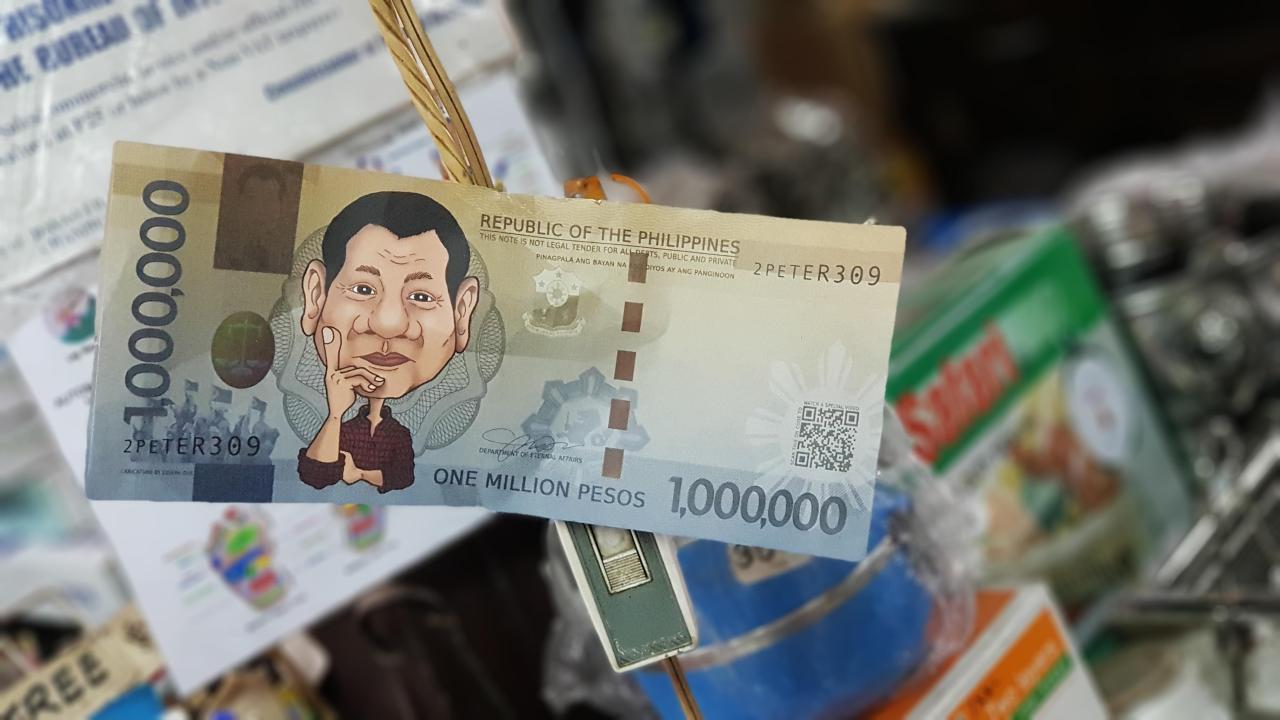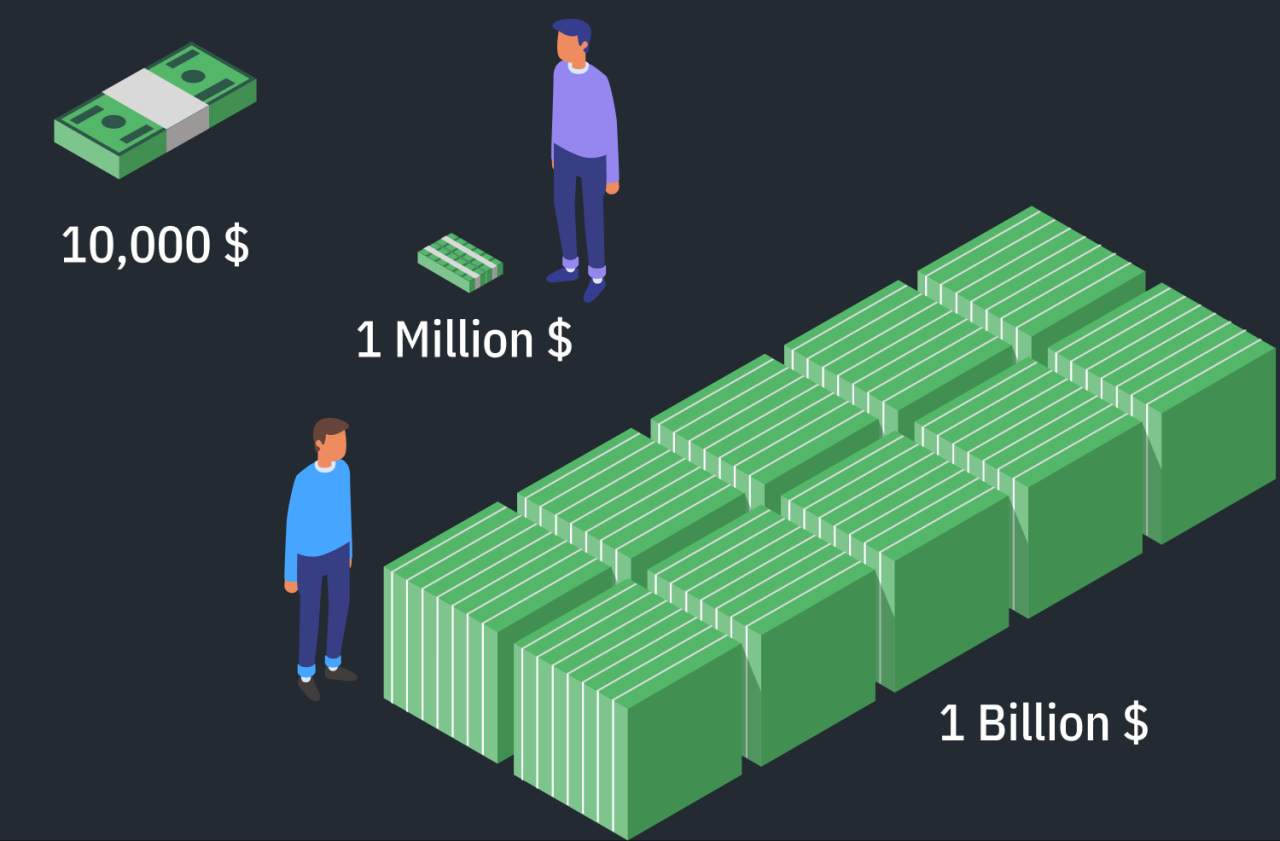Billion won to usd – In the realm of international finance, the conversion between billion won and USD stands as a pivotal factor shaping trade, investment, and global economic dynamics. As we delve into this intricate relationship, we uncover the nuances of exchange rates, historical trends, and the strategies employed to manage currency risk.
The interplay between billion won and USD has profound implications for businesses, individuals, and economies alike. Understanding the factors that influence exchange rates and the mechanisms of currency markets empowers us to navigate this dynamic landscape effectively.
Conversion Rate
The conversion rate between the South Korean won (KRW) and the United States dollar (USD) fluctuates over time due to various economic factors. To provide an accurate conversion rate, it is recommended to consult a reliable currency converter or financial institution.
As a reference, here is a table with approximate conversion rates for different amounts of billion won as of [insert date]:
Conversion Table
| Billion Won (KRW) | US Dollars (USD) |
|---|---|
| 1 | 833,333 |
| 5 | 4,166,665 |
| 10 | 8,333,330 |
| 20 | 16,666,660 |
| 50 | 41,666,650 |
Note:These conversion rates are approximate and may vary depending on the currency exchange rates at the time of conversion.
Historical Exchange Rates: Billion Won To Usd
The exchange rate between the billion won and the USD has fluctuated over time, influenced by various economic and political factors. The following graph shows the historical exchange rates between the two currencies since 2010:
As can be seen from the graph, the exchange rate has generally trended upwards over the past decade, with some periods of volatility. The most significant factor influencing the exchange rate has been the relative economic strength of South Korea and the United States.
When the South Korean economy is strong, the won tends to appreciate against the USD. Conversely, when the US economy is strong, the USD tends to appreciate against the won.
Factors Influencing Exchange Rates
In addition to the relative economic strength of the two countries, several other factors can influence the exchange rate between the billion won and the USD. These include:
- Interest rate differentials: When interest rates in South Korea are higher than those in the United States, it makes it more attractive for investors to buy won, which can lead to an appreciation of the won against the USD.
- Inflation: If inflation is higher in South Korea than in the United States, it can lead to a depreciation of the won against the USD.
- Political stability: Political instability in South Korea can lead to a depreciation of the won against the USD.
- Global economic conditions: A global economic slowdown can lead to a depreciation of the won against the USD.
Economic Impact
The conversion rate between billion won and USD plays a significant role in shaping economic interactions, influencing trade and investment decisions.
When the won appreciates against the dollar, South Korean exports become more expensive in the global market, potentially reducing demand and slowing down export growth. Conversely, a depreciation of the won makes South Korean exports more competitive, stimulating exports and boosting economic growth.
Trade
- A stronger won can make South Korean exports more expensive and less competitive in the global market, leading to a decrease in exports and a slowdown in economic growth.
- A weaker won can make South Korean exports more affordable and competitive, increasing exports and boosting economic growth.
Investment
- A stronger won can make it more attractive for foreign investors to invest in South Korea, as their investments will be worth more in their home currency when converted back.
- A weaker won can make it less attractive for foreign investors to invest in South Korea, as their investments will be worth less in their home currency when converted back.
Currency Markets
Currency markets play a pivotal role in determining the exchange rate between billion won and USD. These markets facilitate the buying, selling, and exchange of currencies between individuals, businesses, and governments.
There are various types of currency markets, each with its own characteristics and participants. The most prominent market is the foreign exchange (forex) market, where banks, financial institutions, and other entities trade currencies in large volumes.
Over-the-Counter (OTC) Market
The OTC market is a decentralized network of brokers and dealers who facilitate currency transactions directly with each other. It operates electronically, allowing participants to trade currencies without going through a central exchange.
Exchange-Traded Market
Exchange-traded markets, such as the Chicago Mercantile Exchange (CME), provide a centralized platform for currency trading. These exchanges establish rules and regulations for trading, ensuring transparency and liquidity.
Factors Influencing Exchange Rates
- Economic indicators (e.g., GDP, inflation, interest rates)
- Political events and geopolitical tensions
- Supply and demand for currencies
- Speculation and market sentiment
Forecasting Exchange Rates
Forecasting exchange rates is essential for businesses and investors to make informed decisions about international transactions and investments. Various methods are employed to predict future exchange rates, but it’s crucial to acknowledge the challenges and limitations of such forecasts.
Time Series Analysis
This method utilizes historical exchange rate data to identify patterns and trends. It assumes that past behavior can provide insights into future movements. Techniques like moving averages, exponential smoothing, and ARIMA models are commonly used for time series analysis.
Econometric Models
Econometric models consider economic factors that influence exchange rates, such as interest rates, inflation, economic growth, and political stability. These models use statistical techniques to quantify the relationships between these factors and exchange rates.
Market Sentiment Analysis
This approach analyzes market sentiment towards currencies to gauge potential shifts in exchange rates. It involves monitoring news, social media, and other sources to assess market expectations and investor confidence.
Challenges and Limitations
Forecasting exchange rates is inherently challenging due to the complex and dynamic nature of currency markets. Factors such as unexpected economic events, geopolitical uncertainties, and central bank interventions can disrupt predictions. Moreover, exchange rates are highly volatile, making it difficult to make accurate long-term forecasts.
Currency Exchange Strategies
Managing currency risk when converting billion won to USD requires effective strategies to mitigate potential losses or maximize gains. Different strategies offer varying benefits and drawbacks, and understanding these is crucial for making informed decisions.
Hedging Strategies
- Forward Contracts:Legally binding agreements to exchange currencies at a predetermined rate on a future date. Benefits include locking in exchange rates and eliminating uncertainty, but they can be inflexible and incur costs if market rates change significantly.
- Currency Options:Contracts that give the buyer the right, but not the obligation, to buy or sell currencies at a specified rate within a certain time frame. Benefits include flexibility and the ability to limit potential losses, but they can be expensive and may not provide complete protection.
- Currency Swaps:Agreements to exchange currencies at a specific rate and then swap them back at a later date. Benefits include offsetting currency risk and reducing transaction costs, but they can be complex and require counterparty risk assessment.
Diversification Strategies
Diversifying currency exposure by investing in assets denominated in different currencies can reduce overall currency risk. For example, holding a portfolio of stocks, bonds, and real estate in both won and USD can help mitigate the impact of currency fluctuations on overall returns.
Active Currency Management, Billion won to usd
Actively managing currency exposure involves monitoring exchange rate trends and making tactical adjustments to portfolio holdings. This requires expertise in currency markets and the ability to make timely decisions. Benefits include the potential for higher returns, but it also carries the risk of losses if market predictions are incorrect.
Ultimate Conclusion
In conclusion, the conversion rate between billion won and USD serves as a barometer of global economic interconnectedness. By comprehending the historical, economic, and market forces that shape this exchange rate, we gain invaluable insights into the complexities of international finance.
Armed with this knowledge, businesses and individuals can make informed decisions, mitigate currency risks, and harness the opportunities presented by fluctuating exchange rates.
FAQ
What is the current conversion rate between billion won and USD?
The conversion rate fluctuates constantly, so it’s advisable to check a reliable currency converter for the most up-to-date information.
How have historical events impacted the exchange rate between billion won and USD?
Major economic events, political developments, and changes in interest rates can significantly influence the exchange rate.
What strategies can businesses use to manage currency risk when converting billion won to USD?
Businesses can employ hedging techniques, such as forward contracts or currency options, to mitigate the impact of exchange rate fluctuations.




